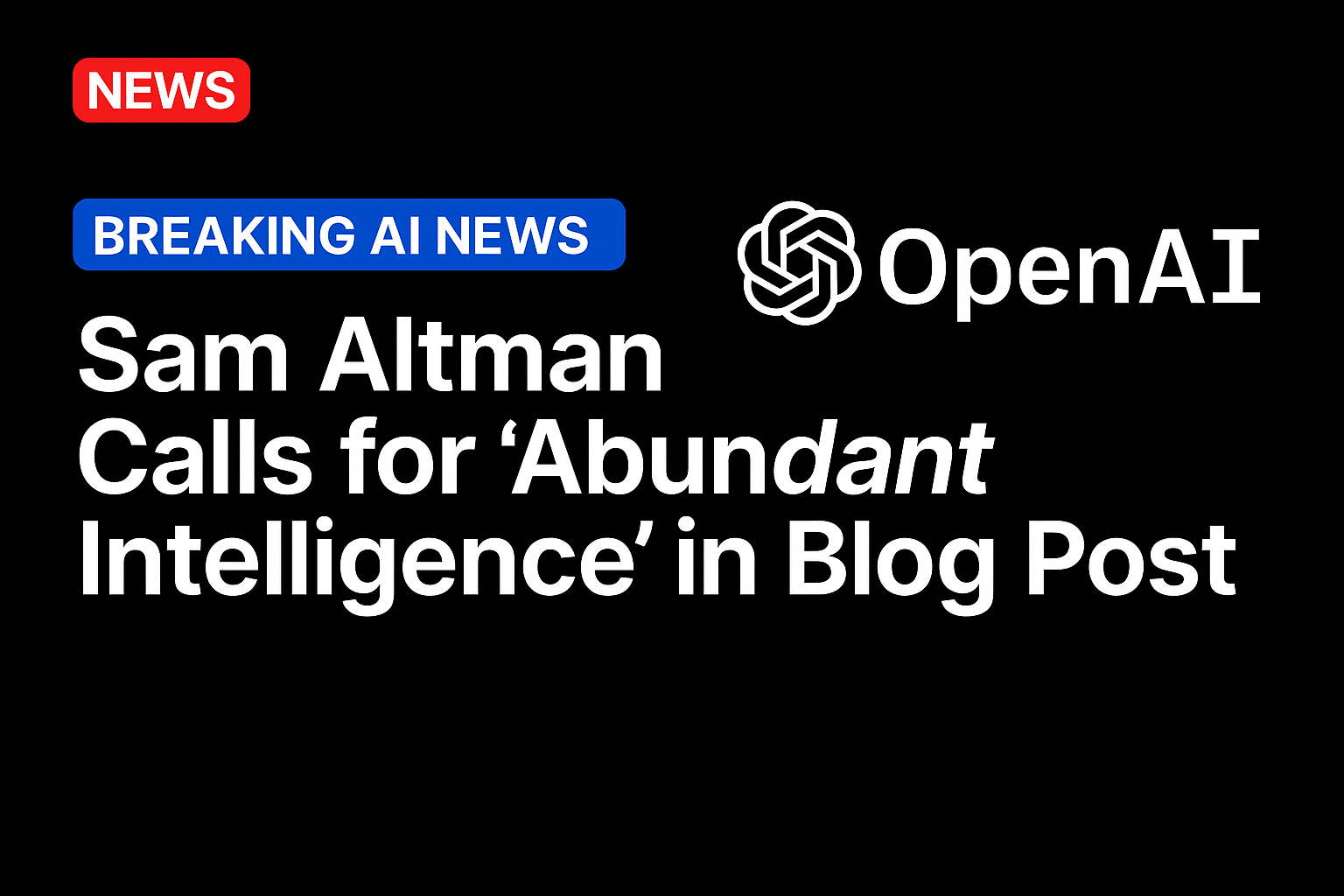Quantization, a widely adopted technique to make AI models more efficient, is showing its limitations as the industry pushes toward increasingly complex applications. This method involves reducing the number of bits — the fundamental units computers process — to represent information, balancing efficiency with precision.
In simpler terms, quantization is like giving a general rather than hyper-specific answer. For example, when asked the time, you’d say “noon” rather than “12:00:01.004.” While both are technically correct, the first response requires less processing. Similarly, quantization trims excess computational weight in AI models, allowing for faster and more energy-efficient performance without compromising much accuracy.
However, as AI systems grow more sophisticated, the precision demanded by tasks such as medical diagnostics, financial modeling, or autonomous driving might exceed what quantized models can reliably deliver. The industry faces a crucial challenge: finding alternatives or enhancements to quantization to maintain performance without sacrificing efficiency.





